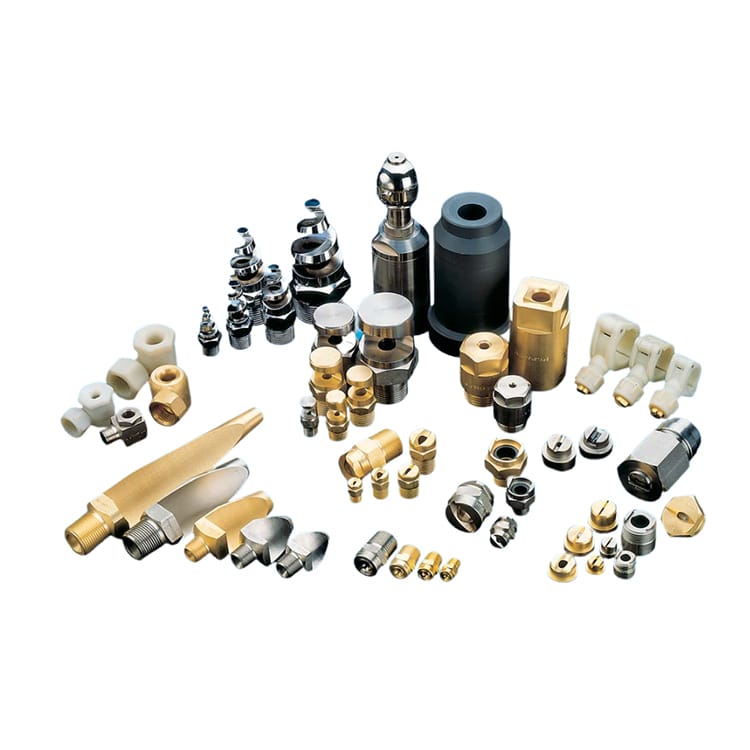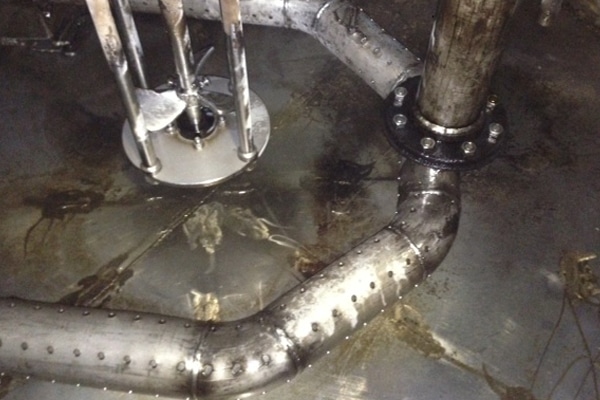High Volume Deluge
A high-volume deluge system is a type of fire protection system designed to quickly and effectively flood large areas with water to suppress or control fires. Deluge systems are commonly used in high-hazard industrial facilities where the rapid spread of fire needs to be addressed promptly. High-volume deluge systems are characterized by their capacity to deliver large quantities of water over a wide area in a short period. Here are key features and components of high-volume deluge systems:
Components of High-Volume Deluge Systems:
- Deluge Valve:
- The heart of the system, the deluge valve, is a special type of valve that stays open to allow water to flow through the system when activated. It is typically held closed by an electric, pneumatic, or hydraulic release system.
- Water Supply:
- A reliable and adequate water supply is crucial for the system to function effectively. This may come from a dedicated water tank, reservoir, or municipal water source.
- Piping Network:
- A network of pipes distributes water from the deluge valve to various deluge nozzles strategically placed throughout the protected area.
- Deluge Nozzles:
- These are specialized nozzles designed to discharge water over a large area when activated. They often have an open design to allow for the rapid flow of water.
- Detection and Activation System:
- Deluge systems are usually equipped with fire detection devices, such as heat or smoke detectors, that activate the system when a fire is detected. Activation can also be manual, initiated by an operator in response to a fire emergency.
- Control Panel:
- A control panel monitors the status of the system and provides a means for manual activation and system testing. It may also include indicators for system faults and alarms.
Features and Considerations:
- Rapid Water Release:
- High-volume deluge systems are designed for rapid water release to quickly flood large areas. This is especially critical in environments with high-hazard materials or processes.
- Application in Hazardous Environments:
- Commonly used in high-risk areas such as chemical plants, refineries, power plants, and certain industrial facilities where the potential for rapid fire spread is significant.
- Cooling and Suppression:
- Deluge systems are effective for both cooling surfaces and suppressing fires by applying a large volume of water to absorb heat and reduce the temperature.
- Pre-Action Capability:
- Some high-volume deluge systems can be configured as pre-action systems, where the deluge valve only opens after fire detection, preventing accidental water discharge.
- Corrosion Protection:
- Materials used in high-volume deluge systems are often corrosion-resistant to ensure the system’s reliability over time.
- Maintenance and Testing:
- Regular maintenance and testing of the system are essential to ensure proper functioning during an emergency. This includes checking nozzles, valves, and the control system.
High-volume deluge systems play a critical role in safeguarding industrial facilities and high-hazard areas by providing a rapid and robust response to potential fire emergencies. The design and installation of these systems must comply with relevant safety standards and regulations to ensure their effectiveness in protecting life and property.
Founded in 1982, Tecpro Australia has developed an enviable reputation for providing reliable and cost-effective technical solutions for a vast range of industrial applications.
Our customers benefit from the following:
• Access to a broad range of quality solutions and technical advice
• Local sales support and customer service with a focus on integrity and honesty
• Over 30 years’ experience of providing expertise and solutions
• Quality European manufactured products.





